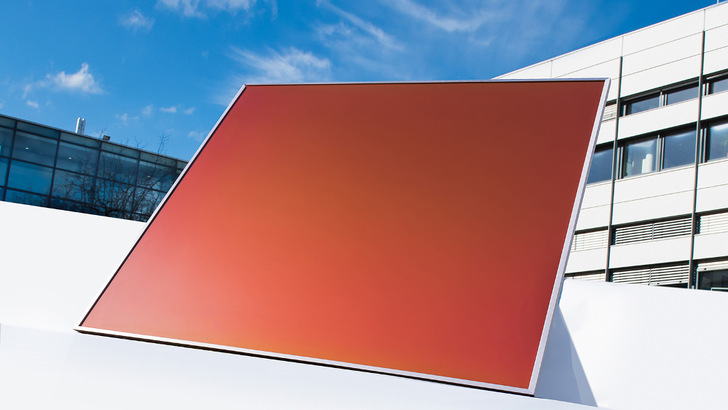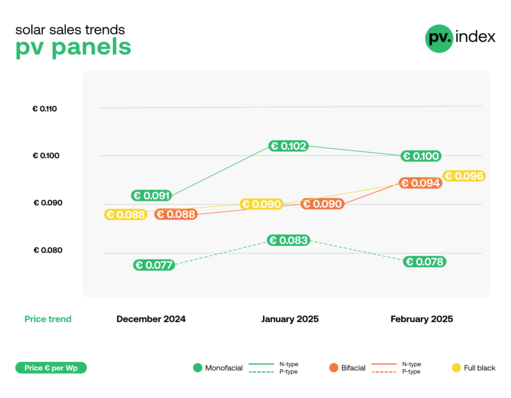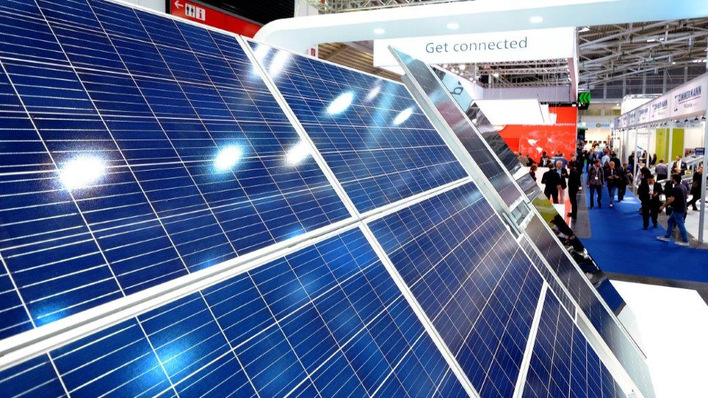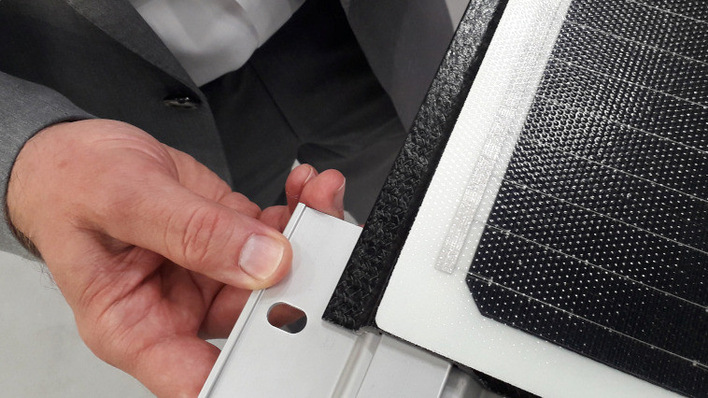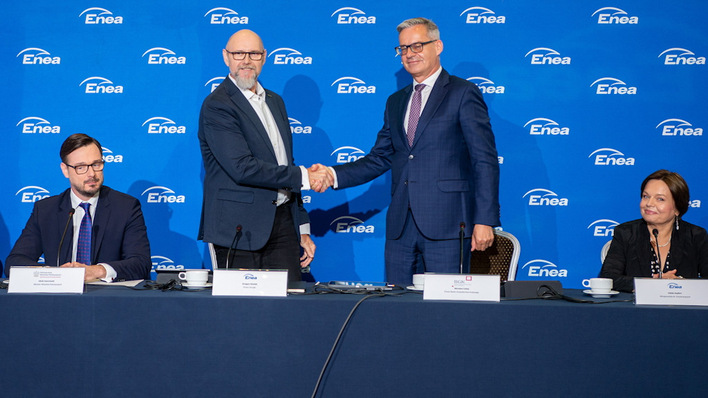When integrating photovoltaics into the building envelope, architects are primarily concerned with aesthetics. The modules must meet the architects‘ design ideas. The main issue is freedom of shape, size and, above all, colour. The solar industry has adapted to this and developed appropriate solutions. For example, there are now all kinds of possibilities for producing coloured modules, which are also used in the glass industry. However, these usually have the disadvantage that the solar modules lose power due to the colour. This, in turn, meets with reservations on the part of building owners.
Inspired by butterflies
To break down this barrier, German scientists at Fraunhofer ISE in Freiburg have developed a process to produce coloured modules with almost no loss of power. The inspiration for this comes from the blue morpho butterfly. This is a butterfly with a bright blue upper wing surface. However, the colour is not created by pigments, but by interference of light on the scales of the wing. That is, they reflect only the wavelength of light that is necessary for the colouring. „The brilliant idea for the development was not to dye the cover glasses of the modules with colour pigments, but rather to imitate the physical effect of the butterfly wing,“ says Thomas Kroyer, head of the Coating Technologies and Systems Group at Fraunhofer ISE.
Less power loss due to colour
This means that the surface structure the researchers have developed also reflects only the wavelength of light that is necessary for the module colour. They can freely adjust the wavelength range and thus the colour. The coating is applied to the underside of the module’s cover glass in a vacuum process and is thus protected from environmental influences. „Around 93 per cent of the light can pass through this layer – only around seven per cent is reflected and creates the colour effect,“ describes Thomas Kroyer the advantage of the new process.
Modules in shingle design for homogeneous optics
The Freiburg scientists have also developed a method that enables a more aesthetic appearance due to a different module design. For this purpose, the researchers no longer use square solar cells, but semiconductor strips. These are arranged in the module overlapping by a few millimetres like roof shingles. In this way, a homogeneous module optic is achieved in which solar cells no longer shine through as individual pieces. The contact wires are then also no longer visible. „You can look at our shingled photovoltaic modules with Morphocolor coating from different angles – and still the homogeneous appearance lasts,“ Kroyer emphasises.
Fraunhofer ISE presented the technology at this year’s BAU trade fair, which was held online from 13 to 15 January 2021 due to the corona pandemic. Examples of possibilities that architects already have with regard to module design can be found here. (mfo)


